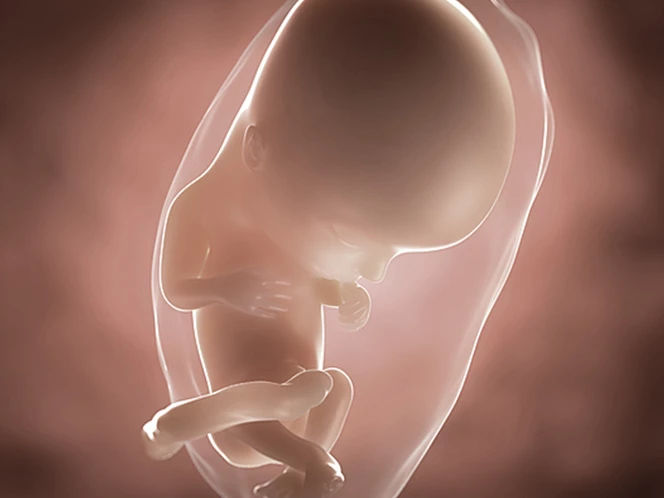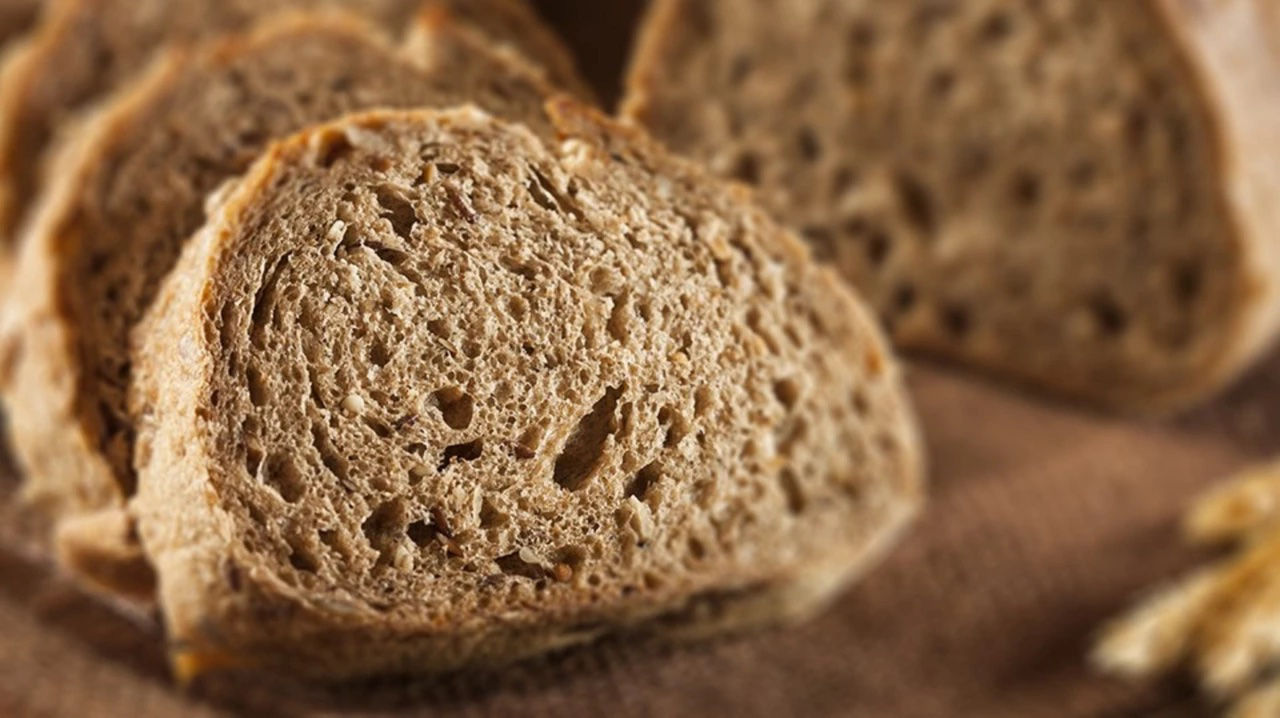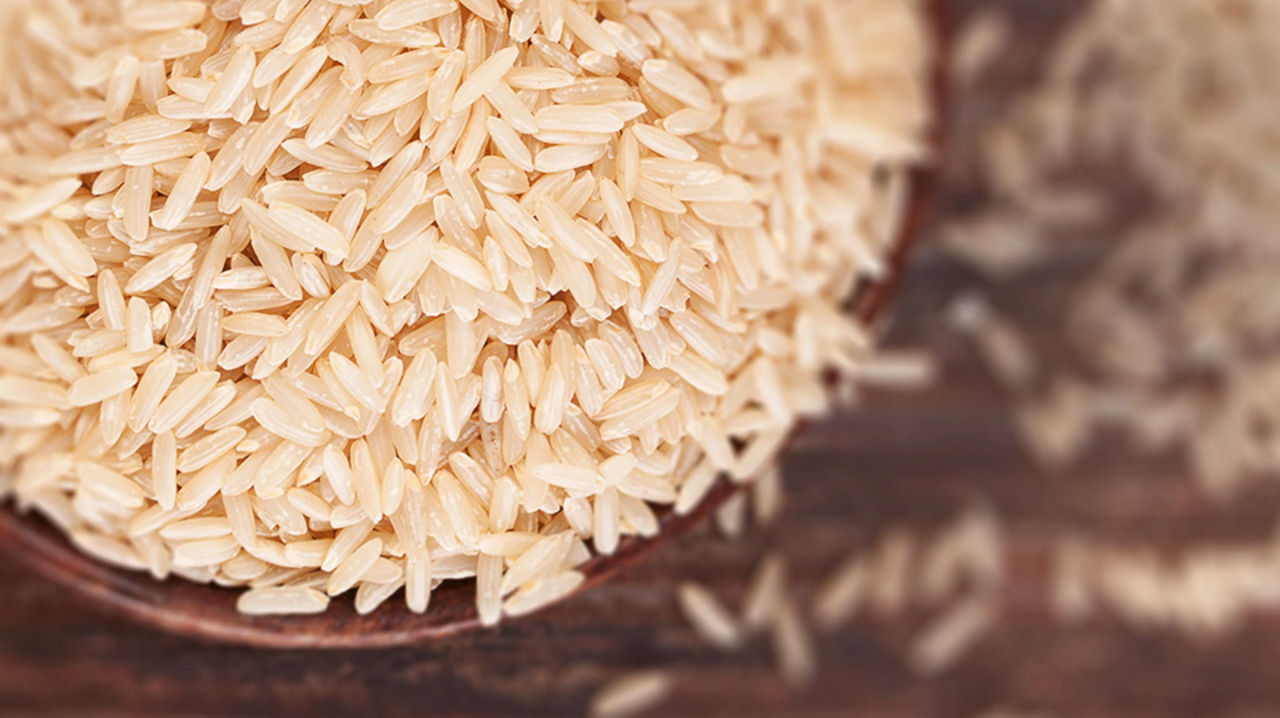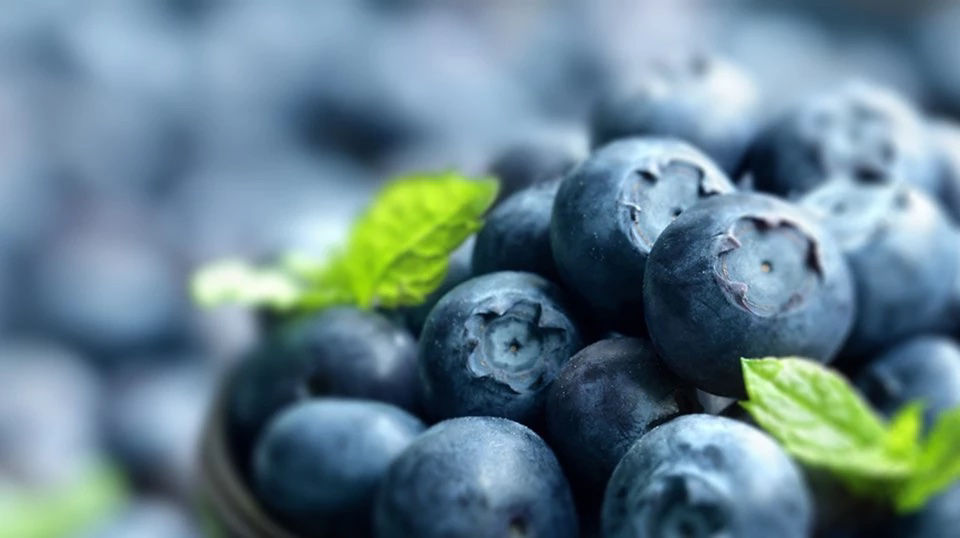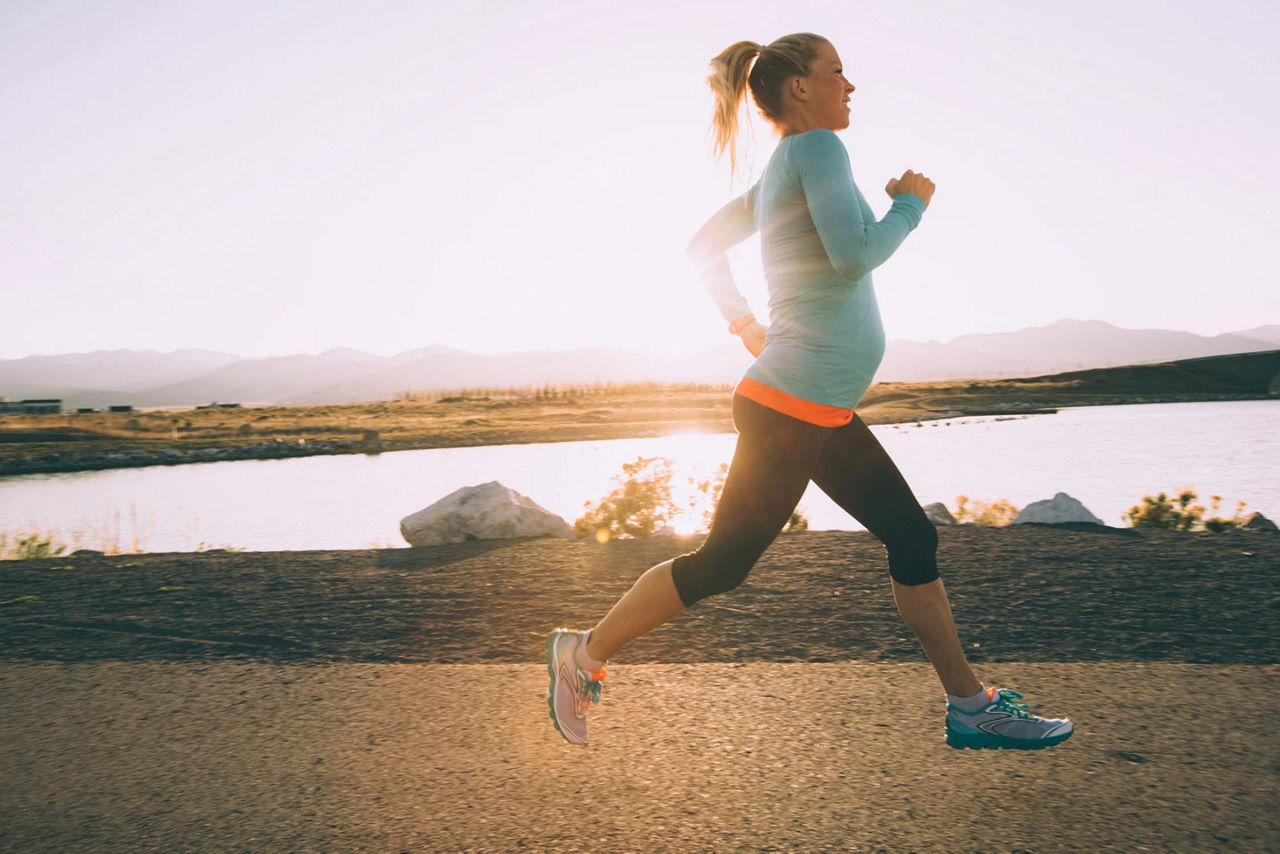At 13 weeks pregnant, you’re officially in your second trimester and a third of the way through your pregnancy. As you go through your pregnancy week by week, you may notice that some of those early pregnancy symptoms are starting to ease and that the worst of your symptoms have passed1.
Now that you’re 13 weeks pregnant, your baby is rapidly growing. Here we’re looking at how your baby is developing, what symptoms you might be experiencing, and why fibre is such an important part of a healthy pregnancy diet.


